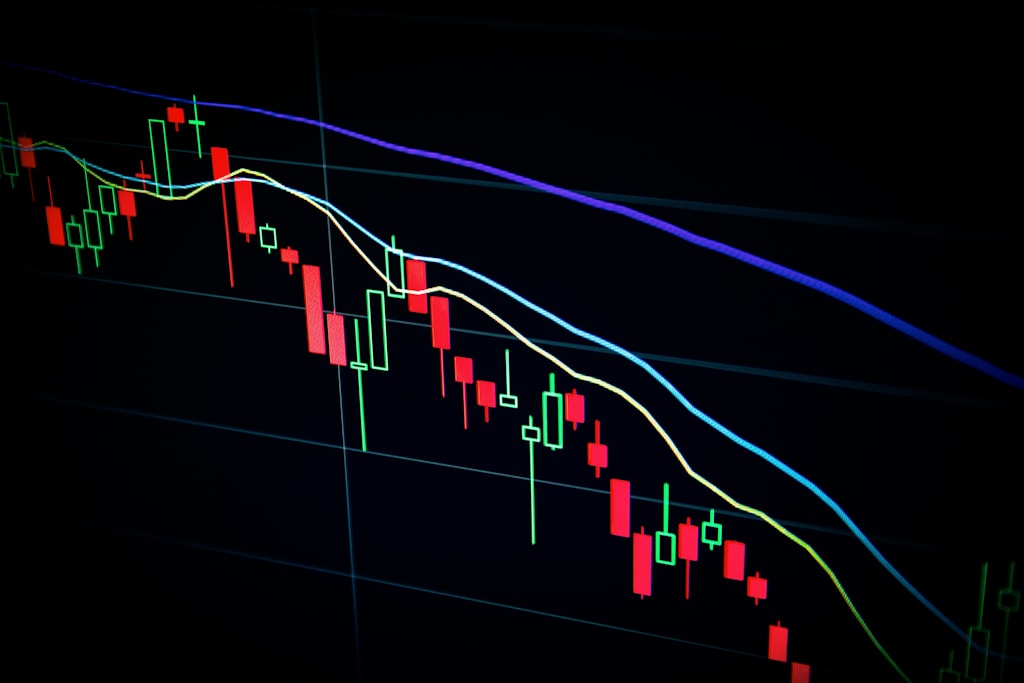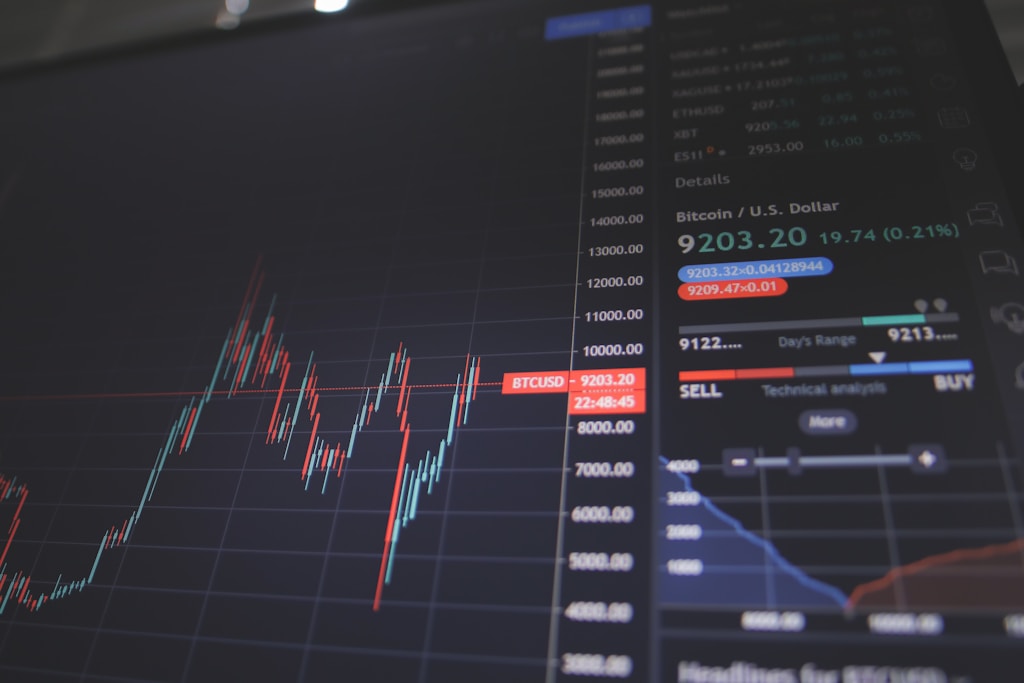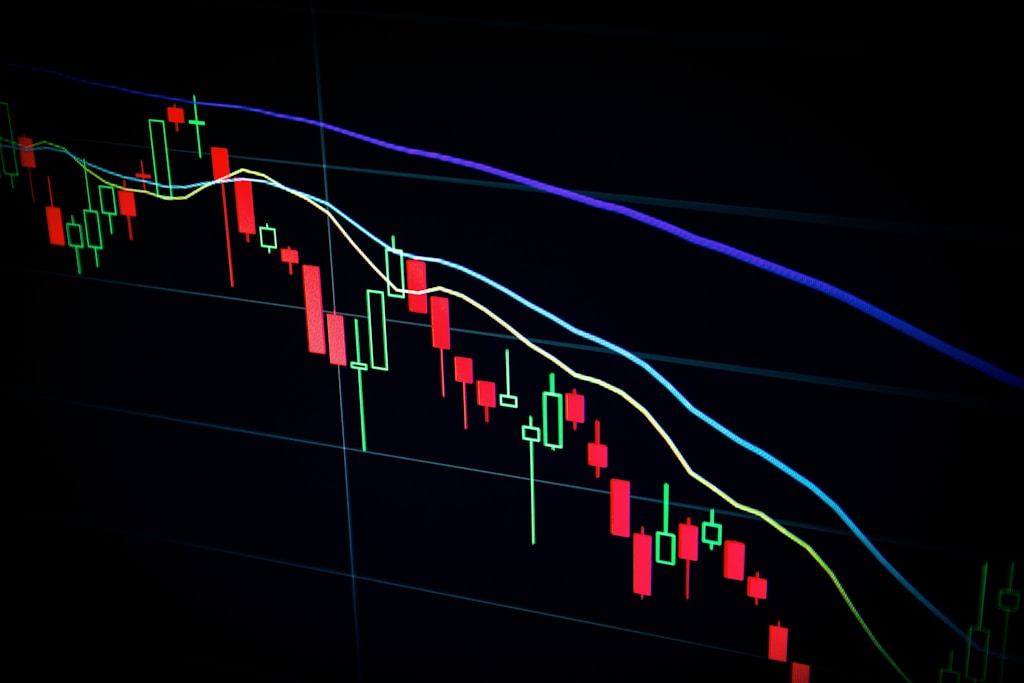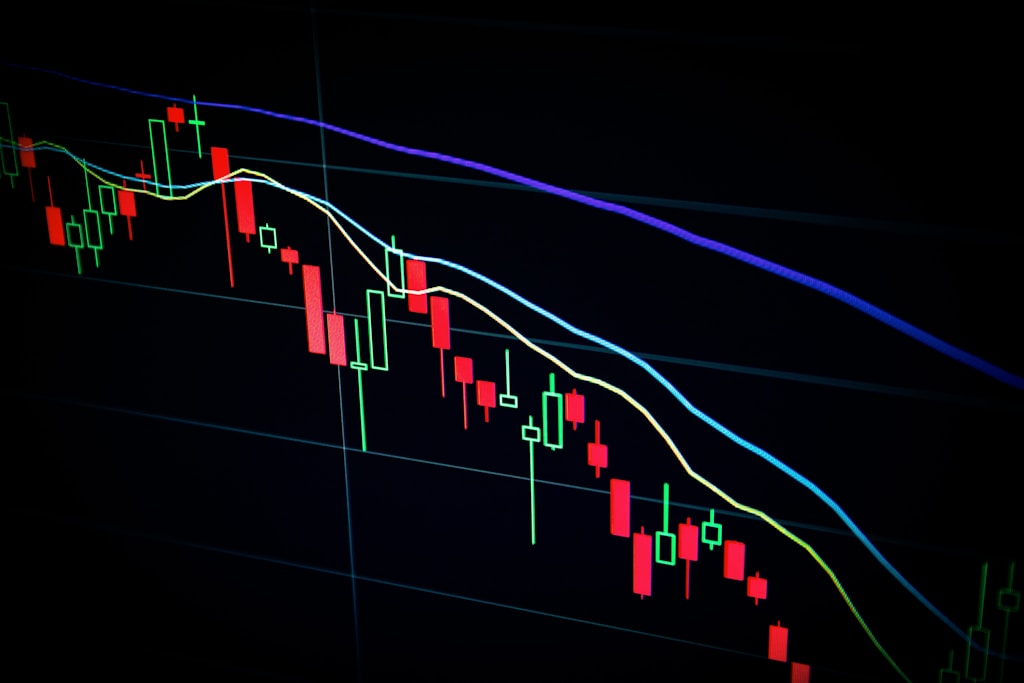The U.S. Treasury’s Office of Foreign Assets Control (OFAC) has identified and sanctioned eight cryptocurrency wallets linked to Houthi rebel activities, marking a significant escalation in the use of digital asset regulations for national security purposes.
This development comes as regulatory bodies intensify their oversight of crypto-related financial activities, with authorities taking increasingly decisive action against illicit digital asset usage.
Key Details of the Treasury’s Action
- Eight digital asset wallets identified and sanctioned
- Multiple individuals and entities designated as Houthi financial facilitators
- Sanctions target procurement network allegedly backed by Iran’s Islamic Revolutionary Guard
SPONSORED
Trade with confidence using advanced security features and multi-collateral support
Impact on Cryptocurrency Markets and Compliance
This enforcement action highlights the growing intersection between digital assets and national security concerns. Cryptocurrency exchanges and service providers must now enhance their compliance protocols to avoid inadvertently facilitating transactions with sanctioned wallets.
Expert Analysis
“This marks a significant evolution in how U.S. authorities are leveraging crypto regulations to achieve national security objectives,” says Sarah Martinez, Director of Blockchain Intelligence at CryptoCompliance Institute. “We’re seeing increased sophistication in tracking and targeting illicit digital asset flows.”
Frequently Asked Questions
What does this mean for crypto exchanges?
Exchanges must update their compliance systems to block transactions with newly sanctioned addresses and enhance their monitoring capabilities.
How does this affect regular crypto users?
Regular users should ensure they’re using compliant platforms and maintain proper documentation of their transactions to avoid any association with sanctioned entities.
What are the penalties for violating these sanctions?
Violations can result in significant fines and potential criminal charges under U.S. law.
Looking Ahead
The Treasury’s action signals a continuing trend of increased regulatory scrutiny in the cryptocurrency space, particularly where national security interests intersect with digital assets. Market participants should expect further developments in this area as authorities refine their approach to crypto-related sanctions.





